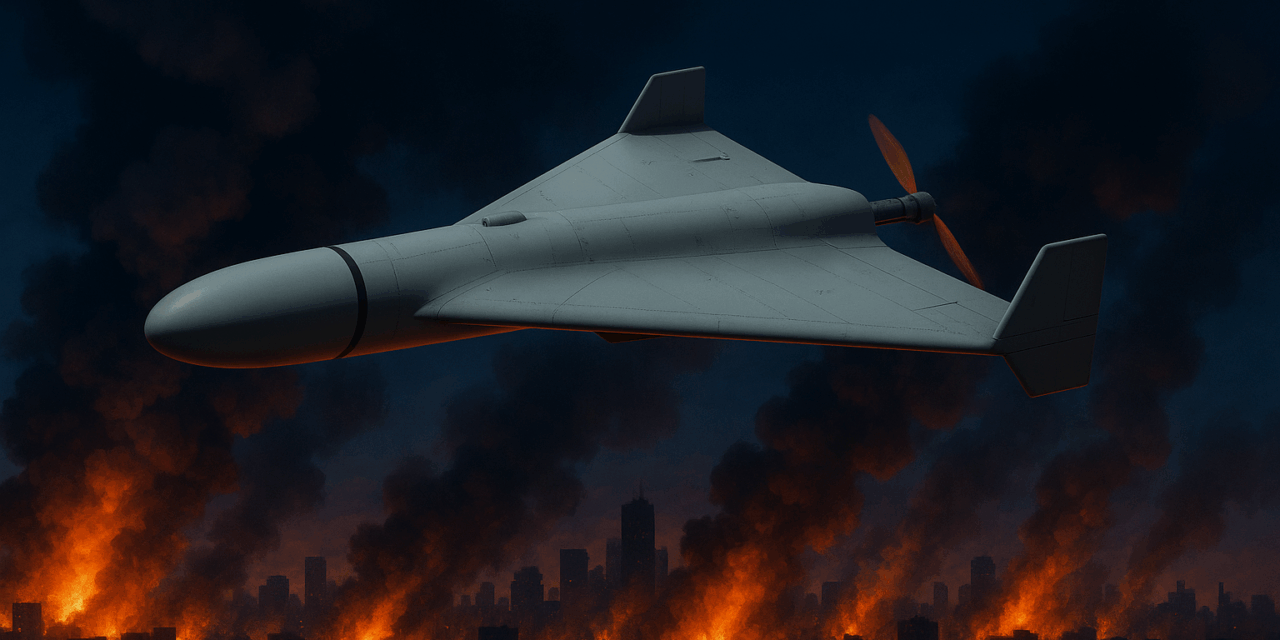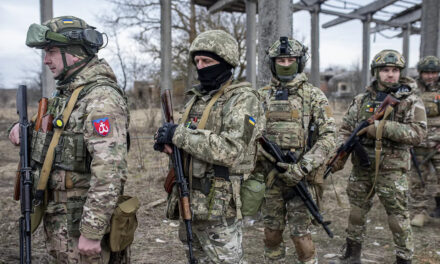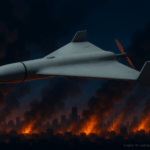Russia has upgraded its guided aerial bombs, known as KABs. Early in the war they reached 60–70 kilometers. Later models hit about 90 kilometers. New kits now push the glide range to nearly 150 kilometers. Russian aircraft can release these bombs from safer airspace and still hit deep targets.
Which cities are now in danger
Odesa, Dnipro, Poltava, and Mykolaiv are now within reach. These cities once felt safer from glide-bomb attacks. That has changed. Russia also continues to fire cruise and ballistic missiles and launch Shahed drones. The mix creates constant pressure on Ukraine’s defenses.
Why glide bombs are hard to stop
KABs are cheap and plentiful. They are fast and small targets, which makes interception tough. Guidance helps them reach an area, but strikes on cities still kill and injure civilians. The damage to homes, hospitals, and power nodes is severe.
The scale of the threat
In 2024 Russia used a few hundred KABs per month. By mid-October 2025, reports counted about 1,370 KABs in a single week. Russia also launched more than 3,000 drones that week. That surge overloads radars, interceptors, and repair crews. It also exhausts first responders.
What Ukraine needs now
Layered air defense remains the core answer. More systems and more missiles reduce gaps that standoff weapons exploit. Mobile short-range teams help protect power facilities and key services. Better early warning and sheltering can lower the human toll.
Push the launch aircraft farther away
Long-range air-to-air missiles can hold Russian aircraft at risk. They force pilots to release from worse angles or retreat sooner. Modern fighters, including F-16s, will strengthen defensive counter-air and interception missions. That combination can cut the number of bombs released in the first place.
Protect people and infrastructure
Ukraine will keep hardening the grid and dispersing repair assets. Crews can move faster when equipment is staged across regions. Cities can add blast-resistant covers around vital nodes. Clear public guidance on shelters and power cuts also saves lives.












